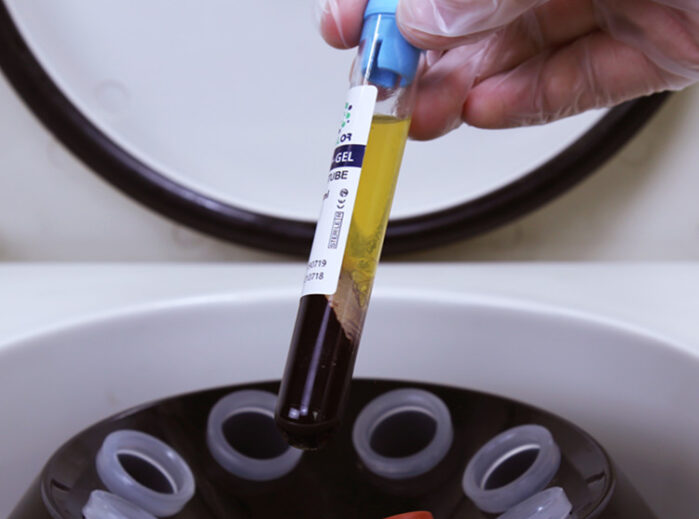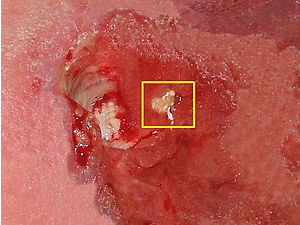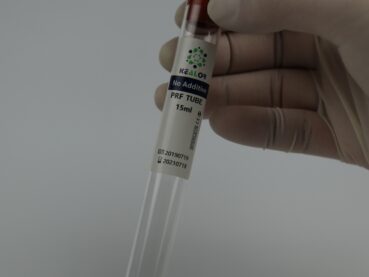Platelet-rich plasma (PRP) therapy has become increasingly popular in recent years, with its use expanding to a variety of medical and aesthetic fields. One key component of the PRP process is the centrifuge. In this article, we’ll discuss what type of centrifuge is used for PRP and how to set it up properly.
What type of centrifuge is used for PRP?
A centrifuge is a machine that separates different components of a liquid by spinning it at high speeds. For PRP therapy, a specific type of centrifuge is used, called a “PRP centrifuge.” PRP centrifuges are designed to carefully separate the platelet-rich plasma from the patient’s blood.
There are two main types of PRP centrifuges:
- Single-spin centrifuge
Single-spin centrifuges are the most common type of PRP centrifuge. They use a single spin to separate the blood into its various components. The PRP is then extracted and used for therapy.
- Double-spin centrifuge
Double-spin centrifuges use two spins to separate the blood. The first spin separates the blood into red blood cells and platelet-poor plasma. The second spin further separates the platelet-rich plasma from the remaining platelet-poor plasma.
Double-spin centrifuges are generally considered to produce a higher concentration of platelets than single-spin centrifuges.
How to set up a PRP centrifuge
Setting up a PRP centrifuge involves several steps to ensure the blood is properly separated and the PRP is of the correct concentration. Here are the general steps for setting up a PRP centrifuge:
- Check the manufacturer’s instructions
Different PRP centrifuges may have different operating procedures, so it’s important to check the manufacturer’s instructions before setting up the centrifuge.
- Collect the patient’s blood
The first step in preparing PRP is to collect a sample of the patient’s blood. This is typically done through a venous draw, where a needle is inserted into a vein in the arm and blood is collected in a sterile tube.
- Prepare the blood for centrifugation
The blood is then prepared for centrifugation by adding an anticoagulant to prevent clotting. The blood is usually mixed with an anticoagulant solution and then centrifuged.
- Set up the centrifuge
The centrifuge should be set up according to the manufacturer’s instructions. This usually involves attaching the blood collection tube to the rotor and balancing the rotor.
- Centrifuge the blood
Once the centrifuge is set up, the blood is centrifuged according to the manufacturer’s instructions. The time and speed of the centrifugation may vary depending on the type of PRP centrifuge being used.
- Extract the PRP
After centrifugation, the PRP is extracted using a sterile syringe. The PRP should be carefully separated from the other blood components to ensure the correct concentration.
- Inject the PRP
The PRP is then injected into the target area for therapy.
Conclusion
A PRP centrifuge is a crucial component in the process of preparing platelet-rich plasma for therapy. It’s important to use the correct type of centrifuge and to follow the manufacturer’s instructions carefully to ensure the PRP is of the correct concentration. By properly setting up and using a PRP centrifuge, healthcare providers can provide safe and effective PRP therapy for their patients.








